Is Desalination the Answer to California’s Drought?
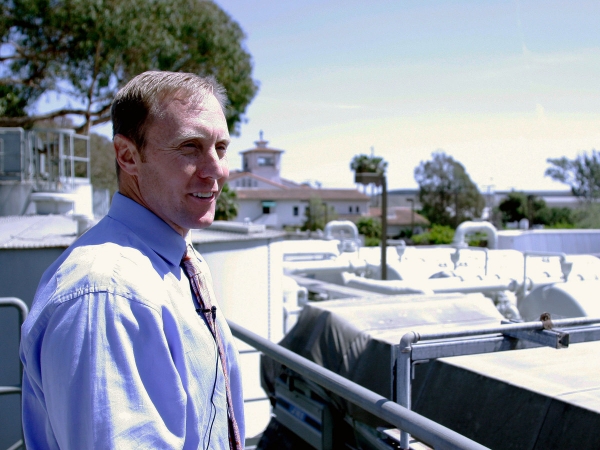
The City of Santa Barbara is turning its sights on an old seawater desalination plant to tackle California’s worsening drought and limited water supply. According to Mayor Helene Schneider, the city is willing to spend more than $40 million to reactivate a mothballed seawater desalination plant that opened in 1992 and shut down after just three months of operation. Desalination is the “very last resort,” says Schneider. "We know it's a very big decision to take—and yet at the same time we've done everything we could with our other water supply options."
The City of Santa Barbara is turning its sights on an old seawater desalination plant to tackle California’s worsening drought and limited water supplies. According to Mayor Helene Schneider, the city is willing to spend more than $40 million to reactivate a mothballed seawater desalination plant that opened in 1992 and shut down after just three months of operation. Desalination is the “very last resort,” says Schneider. "We know it's a very big decision to take—and yet at the same time we've done everything we could with our other water supply options."
Sourcing the city’s drinking water from the Pacific comes with a steep price tag. Saltwater desalination is expected to cost close to five times as much as the city’s current reservoir water due mainly to massive energy requirements. The high operating cost is due to the inefficiency of the process - for every two units of water that enter the plant, only one leaves as potable water. The remaining unit is a brine waste. Despite the cost and environmental concerns, many more cities in California are turning to desalination.
For nearly $1 billion, Carlsbad, CA is in the process of building the largest seawater desalination plant in the United States. Cambria, CA, opened a brackish water desalination plant late last year and a unit of the American Water Works is in preliminary stages of construction on a brackish water desalination plant in the town of Marina. Dozens other California utilities are turning to desalination as the answer their water demands, whether sourcing water from the Pacific Ocean or using brackish groundwater or salty surface water.
For Santa Barbara’s reactivation, the city would restart two pumps located nearly half mile off the coast to bring seawater ashore for treatment. Santa Barbara has spent roughly $100,000 per year on keeping permits up to date for the facility since the plant was closed in the mid 1990s. The active permitting will allow for faster start up of the plant - about twelve to fifteen months. According to Joshua Haggmark, Santa Barbara’s water resources manager, the plant will eventually have the capacity to meet the water demands for the entire city. With the water shortage only expected to get worse, perhaps desalination with its high operating costs is the only feasible solution left for California.
Want to read more like this story?
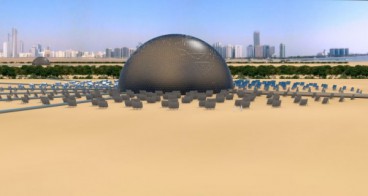
The solar-dome desalination system
Nov, 07, 2017 | NewsSince desalination projects require enormous amounts of energy, researchers are working on alternati...
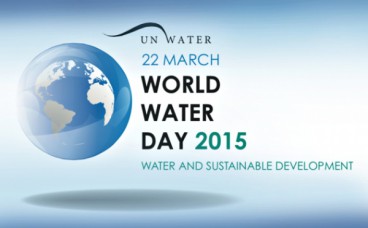
March 22nd is World Water Day!
Mar, 22, 2015 | NewsSince 1993, the United Nations has designated March 22nd of each year as World Water Day, a day dedi...
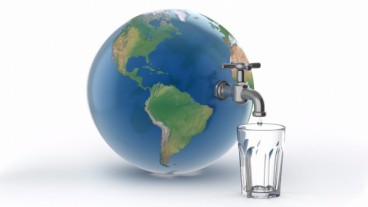
Water’s Desalination with a Cheap, Fast And Safe Procedure!
Oct, 21, 2015 | NewsScientists from the University of Alexandria in Egypt developed a simple and inexpensive desalinatio...
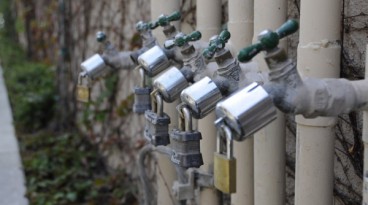
Water scarcity: Cape Town is running dry
Feb, 20, 2018 | News‘Day Zero’ approaches, when the city’s water taps will be turned off in Mid-May â...

Hybrid biomass and solar energy system for water desalination
Sep, 12, 2017 | NewsThe integrated desalination system could provide drinking water to poor and rural communities at a l...

Ancient engineering methods to address water shortages
Jul, 31, 2019 | NewsAccording to a new study, published in Nature Journal, a 1,400-year-old system of canals that divert...
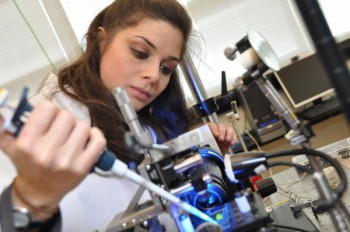
Researchers have developed a miniaturized water quality sensor that can monitor drinking water quality in real time
Oct, 03, 2017 | NewsThis tiny and inexpensive device -built using a 3D printer- can be deployed anywhere in the water di...

Thames Water Accelerates Plans to Secure South East's Future Water Supply
Jun, 07, 2024 | NewsToday marks a significant step in securing the future water supply for the South East as Thames Wat...

Next generation reverse osmosis water purifier
Nov, 16, 2016 | NewsWaterO brings highly-filtered drinkable water to the kitchen table WaterO brings highly-filtered...
Trending

Vertical gardens in Mexico City to combat pollution

Saudi Park Closed After 360 Big Pendulum Ride Crashes to Ground, 23 injured

Characteristics of Load Bearing Masonry Construction

Taipei 101’s impressive tuned mass damper

Dutch greenhouses have revolutionized modern farming

Federal court rules Biden’s offshore drilling ban unlawful


